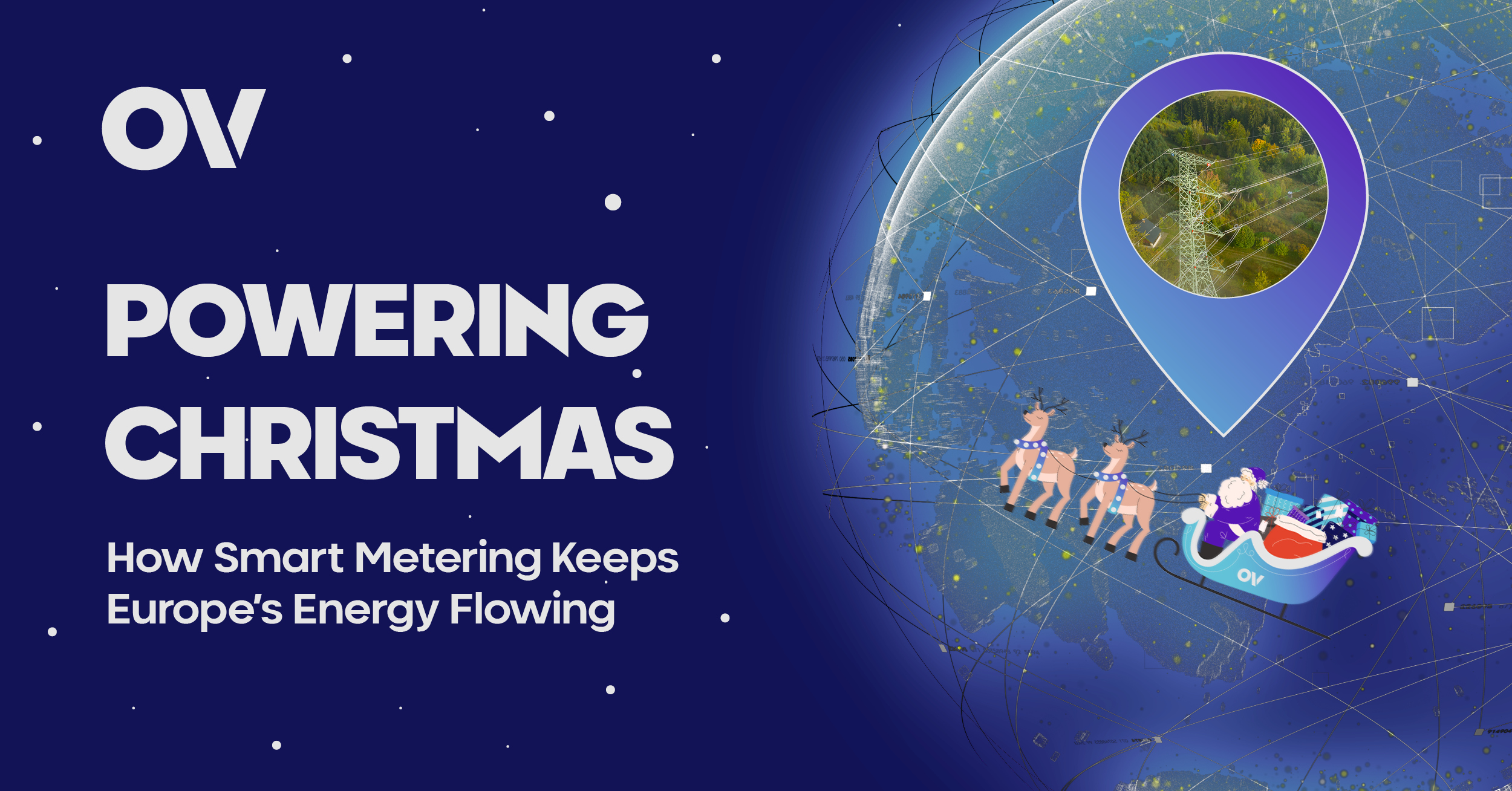Originally published
September 9, 2024
Last Updated
July 8, 2025
As IoT Technology continues to develop so does the cellular technology that surrounds it, the latest advancement being 5G RedCap. Designed to address a diverse range of IoT use cases, 5G RedCap adds a new dimension to IoT connectivity. In this article, we’ll uncover the potential of 5G RedCap, reveal how it’s set to change IoT connectivity with its powerful benefits and versatile use cases, and explore the roadmap for its imminent adoption.
What Is 5G RedCap (5G NR-Light)?
5G RedCap, short for 5G Reduced Capability and known as 5G NR-Light, is a notable addition to the 5G ecosystem. The initial 5G rollout focused on enhanced Mobile Broadband (eMBB), ultra-Reliable Low Latency Communication (uRLLC), and massive Machine Type Communication (mMTC). However, there arose a need for a solution that could cater to applications falling between these extremes. Enter 5G RedCap – a standard introduced to bridge this gap.
5G NR-Light is tailored to handle the use cases that fall between the high-speed requirements of eMBB, the ultra-reliability and low latency of uRLLC, and the low throughput and battery-efficient needs of mMTC technologies. This makes 5G RedCap an essential component in the evolution of IoT connectivity.
Benefits for IoT
5G RedCap offers several key benefits for IoT applications, including:
• Higher Peak Data Rate: 5G RedCap supports peak data rates significantly higher than LTE Cat 1, making it ideal for applications requiring substantial data throughput, such as video surveillance or smart grid monitoring.
• Lower Latency: While 5G RedCap’s latency is comparable to existing 4G LTE technologies, it is much lower than the latency found in most LPWA (Low Power Wide Area) technologies like NB-IoT. This lower latency enables 5G RedCap to support applications requiring near real-time data communication, such as industrial automation and smart grid systems.
• Improved Power Consumption: 5G RedCap enhances the power efficiency of IoT devices, which is crucial for extending the battery life of battery-powered devices like wearables or sensors.
Use Cases for 5G RedCap
5G RedCap is particularly suited to applications where ultra-low latency isn’t critical but reasonable throughput is necessary. It is well-positioned to serve a broad range of IoT applications, including:
• Wireless Industrial Sensors: 5G RedCap can connect a network of wireless industrial sensors to monitor and control machinery and equipment, thereby improving efficiency and safety in industrial environments.
• Video Surveillance: 5G NR-Light can transmit real-time video from security cameras, enhancing security measures and deterring criminal activity.
• Smart Grids: 5G RedCap can monitor and control the power grid, contributing to improved efficiency and reliability in energy distribution.
• Smart Wearables: 5G RedCap can connect smart wearables such as fitness trackers and smartwatches, enabling users to monitor their health and fitness in real-time.
Timeline for 5G RedCap Adoption
The transition from LTE Cat 1 or Cat 4 to 5G RedCap will depend on several factors, including the lifespan of the application and the region of deployment. As RedCap is still in its early stages, widespread global availability will take time.
Operators typically begin with the non-standalone (NSA) version of 5G, anchored in 4G, before progressing to the standalone (SA) version, which offers full 5G capabilities. The timeline for adopting 5G RedCap will vary, with the first chipsets expected between 2023 and 2024, followed by the commercial rollout of devices.
Notably, regions like the US and some Asia-Pacific countries are expected to lead in the adoption of RedCap. Applications with long lifespans of ten years or more would benefit from keeping an eye on the progress of this emerging technology.
5G RedCap represents a significant advancement in the 5G family, designed to bridge the gap between high-speed, low-latency, and low-throughput IoT applications. It is well-suited for a wide array of IoT use cases and is likely to play a crucial role in future IoT deployments. For now, LTE Cat 1 and Cat 4 remain the most suitable options for many IoT scenarios, but 5G RedCap holds promise for the next generation of IoT connectivity.
READ MORE
DISCOVER MORE NEWS AND DEVELOPMENTS IN IOT & GLOBAL CONNECTIVITY


.png)


